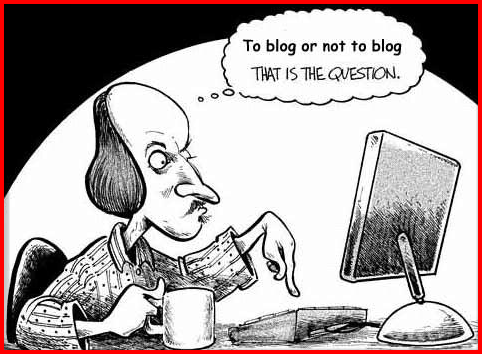New forms of media publishing have certainly altered communication in a new media ecosystem. New media can be defined as the convergence of all types of media. In other words, new media is multimedia.
(Source: walidazami.files.wordpress.com, 2011)
As we can see, most of the print companies, especially newspapers, are publishing their work on the internet. For instance, The Star Online and New Straits Times Online are online versions of well known newspapers in Malaysia.
(Source: biz.thestar.com.my, 2011)
(Source: 1.bp.blogspot.com, 2011)
So how these online newspapers did altered the roles of traditional journalism?
Walsh (2006) stated that internet sites vary in the modes they use, but they have the potential to combine words and images in complex structures. Hence, readers of these sites are able to take the cues from a home page to navigate to multiple sites and multi directional. Everywhere writing now involved close attention to typeface choices and layout (Kress & Leeuwen, 1998). This results to online newspaper becoming more appealing to audiences than conventional newspaper. In addition, Pavlik (2011) mentioned that possibly the most significant among the effects of new media on traditional journalism is the transformation of the many relationships that exist between news organizations and their publics.
References:
- Walsh, M 2006, The 'textual shifts': Examining the reading process with print, visual and multimodal texts, Australian Journal of Language and Literacy, vol. 29, no. 1, pp. 24-37.
- Kress, G Leeuwen, TV 1998, Front pages : (the critical) analysis of newspaper layout, in Approaches to media discourse, eds A Bell, P Garrett, Blackwell, Oxford, pp. 186-219.
- Pavlik, JV 1999, New Media and News: Implications for the Future of Journalism, New Media & Society, vol. 1, no. 1, pp. 54-59, viewed 6th May 2011, <http://nms.sagepub.com.ezlibproxy.unisa.edu.au/content/1/1/54>





